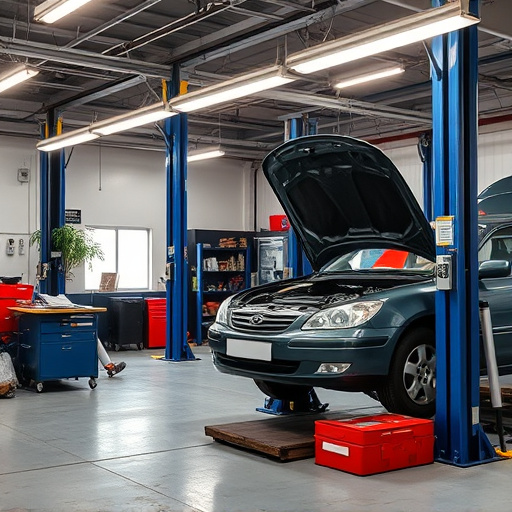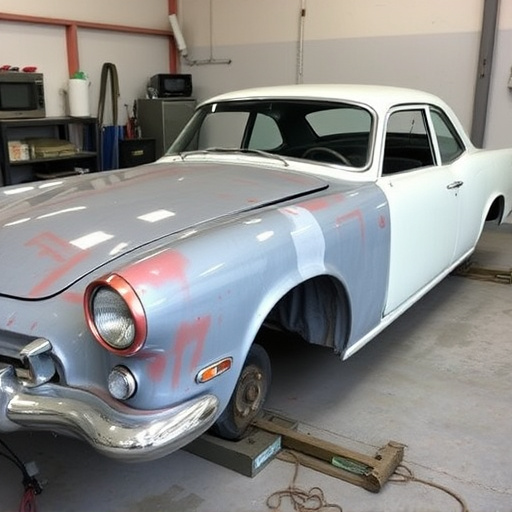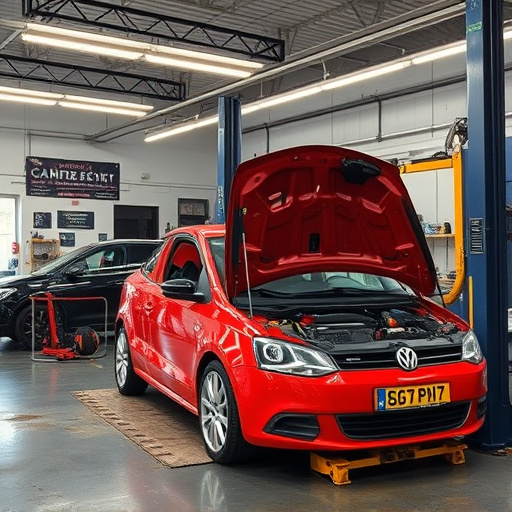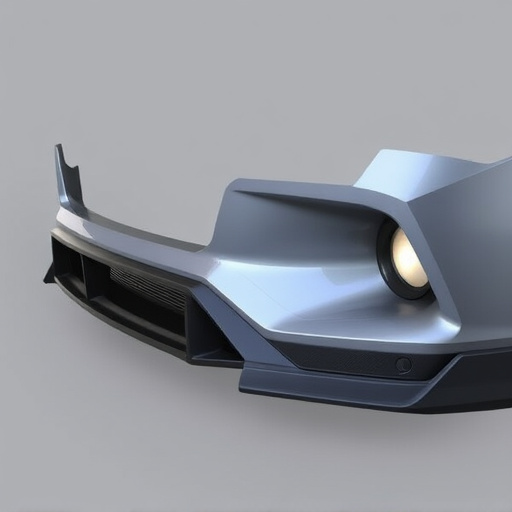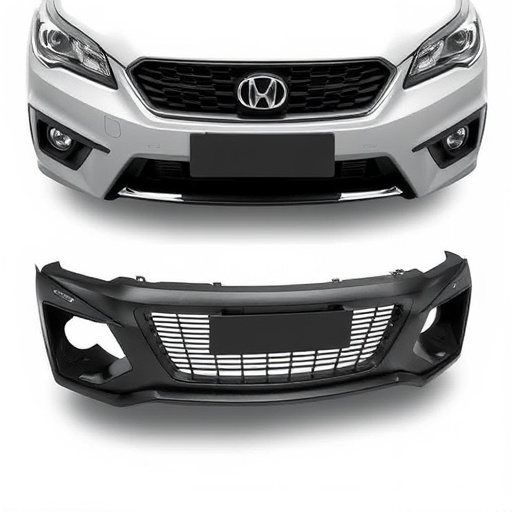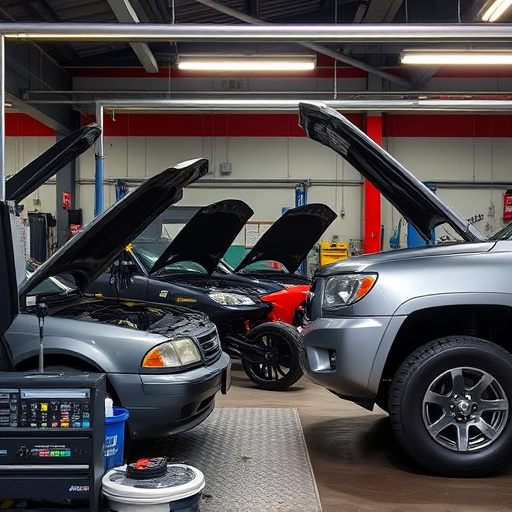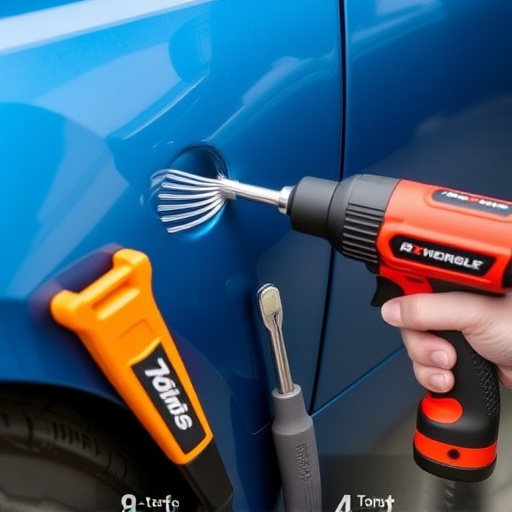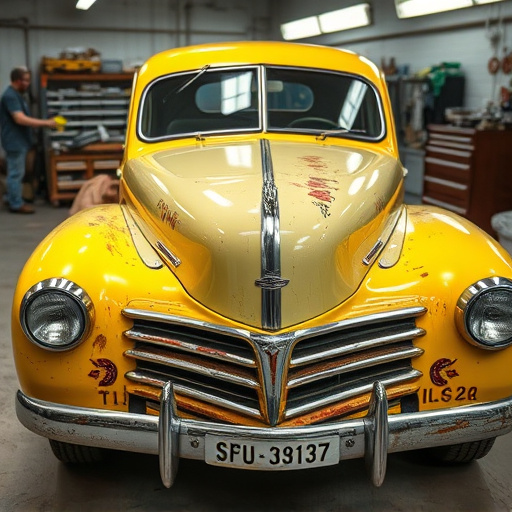Seam sealers, like silicone and urethane varieties, offer distinct benefits in automotive repairs. Mechanics should choose based on surface curvature, weather exposure, and desired durability to ensure structural integrity and minimize future touch-ups. Environmental conditions impact sealer performance, with temperature and humidity affecting drying times, requiring adjustments for optimal results.
In the realm of repair and maintenance, especially in industries reliant on durable materials, understanding seam sealer optimization is key. This article explores strategies to enhance the longevity of repairs through an in-depth look at seam sealer types and their influence on durability. We delve into efficient techniques that streamline repair times, while also examining environmental factors affecting seam sealer performance. By optimizing these aspects, folks can ensure robust, long-lasting repairs across various applications.
- Understanding Seam Sealer Types and Their Effects on Repair Durability
- Optimizing Repair Time: Efficient Techniques for Quick Sealing
- Environmental Factors: How They Impact Seam Sealer Performance and Drying Times
Understanding Seam Sealer Types and Their Effects on Repair Durability
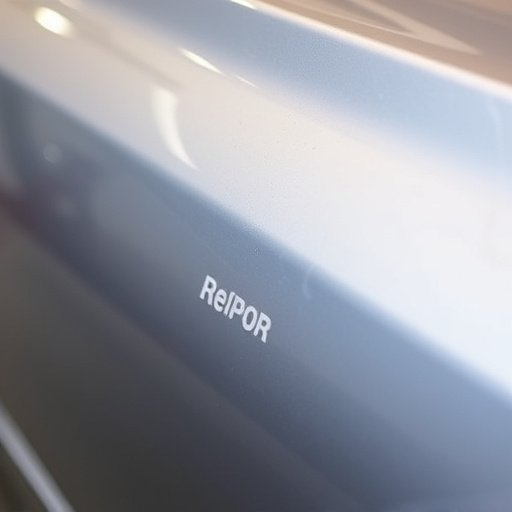
Seam sealers come in various types, each with distinct properties that significantly influence the durability of repairs. Choosing the right sealer is crucial for ensuring long-lasting results in auto repair near me or collision damage repair services. For instance, silicone-based sealers offer excellent flexibility and resistance to extreme temperatures, making them ideal for complex car repair services involving curved surfaces or parts exposed to harsh weather conditions. On the other hand, urethane sealants provide superior strength and longevity, providing robust protection against water intrusion and corrosion—a critical factor in preserving vehicle structures over time.
Understanding these differences empowers auto mechanics and collision centers to select the most suitable seam sealer for each repair scenario, enhancing structural integrity and reducing the need for frequent replacement or touch-ups. Efficiently addressing these considerations can streamline processes at reputable car repair services, ensuring customer satisfaction with durable and reliable repairs.
Optimizing Repair Time: Efficient Techniques for Quick Sealing
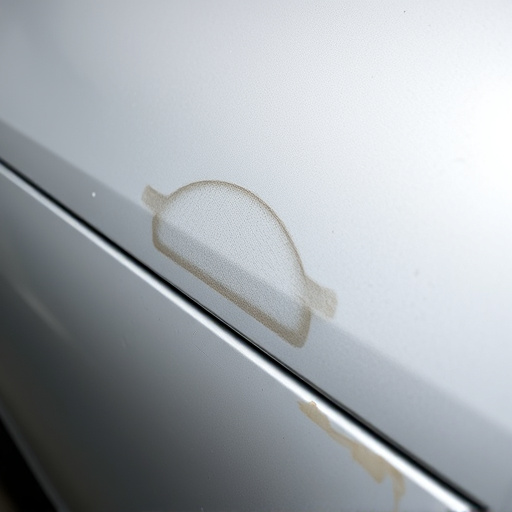
In the realm of automotive repair, minimizing downtime is a key strategy to enhance customer satisfaction and streamline operations. Optimizing repair time, especially for car damage repair involving frame straightening, can be achieved through efficient use of seam sealers. These specialized products play a crucial role in accelerating the sealing process, which is essential for structural integrity. By employing advanced seam sealer techniques, technicians can significantly reduce the time spent on manual labor, such as applying and curing adhesives during frame straightening procedures.
Quick sealing techniques focus on maximizing the efficiency of the seam sealer, ensuring it adheres to tight deadlines without compromising quality. This involves selecting suitable sealers for specific car damage repair needs, understanding their application methods, and optimizing cure times. With the right approach, technicians can efficiently manage repairs, turning what could be a lengthy process into a swift and effective solution, thereby reducing overall costs and improving workshop productivity in automotive repair.
Environmental Factors: How They Impact Seam Sealer Performance and Drying Times
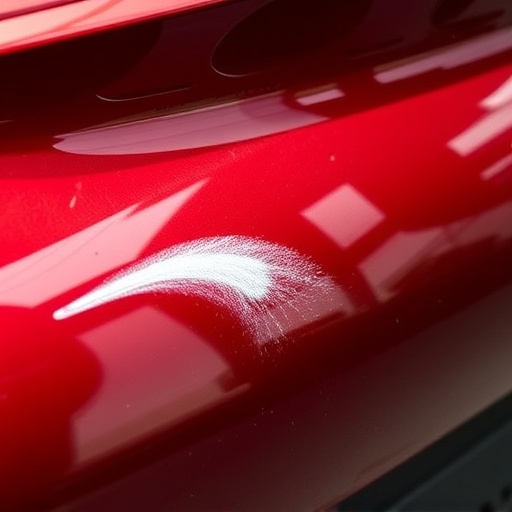
Environmental conditions play a significant role in determining the performance and drying time of seam sealers used in collision repair centers and body shop services. Factors like temperature, humidity, and wind speed can greatly influence how quickly the sealer sets and hardens. For instance, warm temperatures accelerate curing processes, allowing for faster turnaround times in collision repair shops. Conversely, low humidity levels aid in evaporation, which is crucial for achieving a seamless finish without bubbles or imperfections.
In outdoor settings or when dealing with complex vehicle repairs, weather conditions become even more critical. Rain or high moisture content in the air can delay drying, necessitating extended wait times between application and completion of body shop services. Understanding these environmental factors is essential for collision repair professionals to optimize their work processes, ensuring efficient use of seam sealers and minimizing disruption to customers’ schedules.
In optimizing seam sealer and repair time frames, understanding the effects of different sealer types on durability, considering environmental factors influencing performance and drying times, and employing efficient repair techniques are key strategies. By integrating these practices, professionals can enhance repair speed without compromising quality, ensuring long-lasting results with various materials. This approach leverages the right tools and knowledge to maximize the potential of any seam sealer, ultimately streamlining processes in diverse industries.


